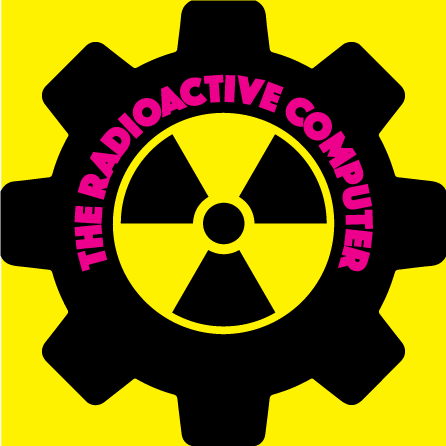Mechanics of Turn Based Games
- Cole Conrad Shrader
- Sep 18, 2019
- 3 min read
Turn based systems have been a staple of games since the beginning. Dating back to 3000BC games like Backgammon and Ur have organised themselves into turns for their players. Turns are convenient, they help to set order to chaos and are a simple way of keeping time within game structure. In this post we will be looking at examples of turn based mechanics and will be generally exploring the concept. To be specific for those of you who don't know, (although I don't know how you wouldn't). A turn based mechanic is a facet of a game in which players perform actions alone with as much time as needed. after which the other player does the same. Players go back and forth in their turns until the game is over.

The Royal Game of Ur, played in 3000BC is very similar to today's "Sorry"
Genres turn based systems typically fall into are card games, war games, board games, and role playing games. You may have noticed that the one thing tying all of these genres together is typically a slowness or methodicalness not found in many other genres. FPSs don't usually have turn based mechanics and you wont find many simulation games that halt the experience to make you contemplate the state of yourself. This is because strategy games usually found in the genres above usually benefit from slowing down game play to force players to stop and think. The structured order of turns is perfect for this role. In fact, turns are so integral to strategy games that a entirely different category had to be created for games that went outside of this norm, called RTSs or Real Time Strategy.

Fire Emblem, was a turn based strategy game published by Nintendo, and was very similar to table top war games
To some, role playing games may not be easily put down as strategy games as the intention is more in the interaction between a player and the world around them through acting. However turns can help with this too. In the case of the famous game Dungeons & Dragons turns give players time to think about not only what their turn will consist of mechanically, but also how they will theatrically share this with the world. This is important as some people don't know how to improvise, and it makes the game more accessible to players.
Different types of turn systems:
The concept of Semi-simultaneous in turn based games is that while one person is taking their turn, the other can react to their actions in a unique way. One of the most basic examples of this is trap cards in the children card game Yu-Gi-Oh. On their turn a player can place a trap that, when placed, does nothing. However, on their opponents turn certain actions performed by the other player can trigger a trap card. Semi-simultaneous game play was created to keep both players engaged. In conventional turn based games anytime it is not a players turn they can't do a whole lot and a such can get bored. Especially in games where turns can last for a long time, semi-simultaneous features can help to improve the longevity of the game

This trap card of Yu-Gi-Oh is a classic example of trap cards, in essence it destroys anything that attacks your character.
First turn advantage and mitigation is present in every game with turns. Even in symmetrical games like Chess it is statistically more likely for you to win if you pick the white pieces because you go first. This is because the player to go first gets to decide the state of the game, and the second player is always playing catch up for control. To counteract this a lot of games use first turn mitigation. As an example, Hearthstone has a mitigation mechanic. At the beginning of the game each player draws 3 cards and one of them flips a coin, heads they go first, tails they go second. The player who goes second gets to draw 2 additional cards, this gives a different advantage to both players. The first player gets to define the beginning of the game, and the second player has more resources to react.

The classic game board of Hearthstone, featuring minions (center), a hero (large portrait bottom) and your hand (bottom)
Timed turns are a concept that is ancient as well. The idea that turn based games could get bogged down in sitting and thinking for too long caught on fast and as such games quickly developed rules or variants to counteract this. For example, Blitz Chess is played with a 5 minute clock that counts down to the end of the game, pushing players to work faster. Like Semi-simultaneous turns this was developed to avoid boredom in the side not take their turn.

A conventional Blitz Chess clock, set to go off after a designated time set for each player.
























Comments